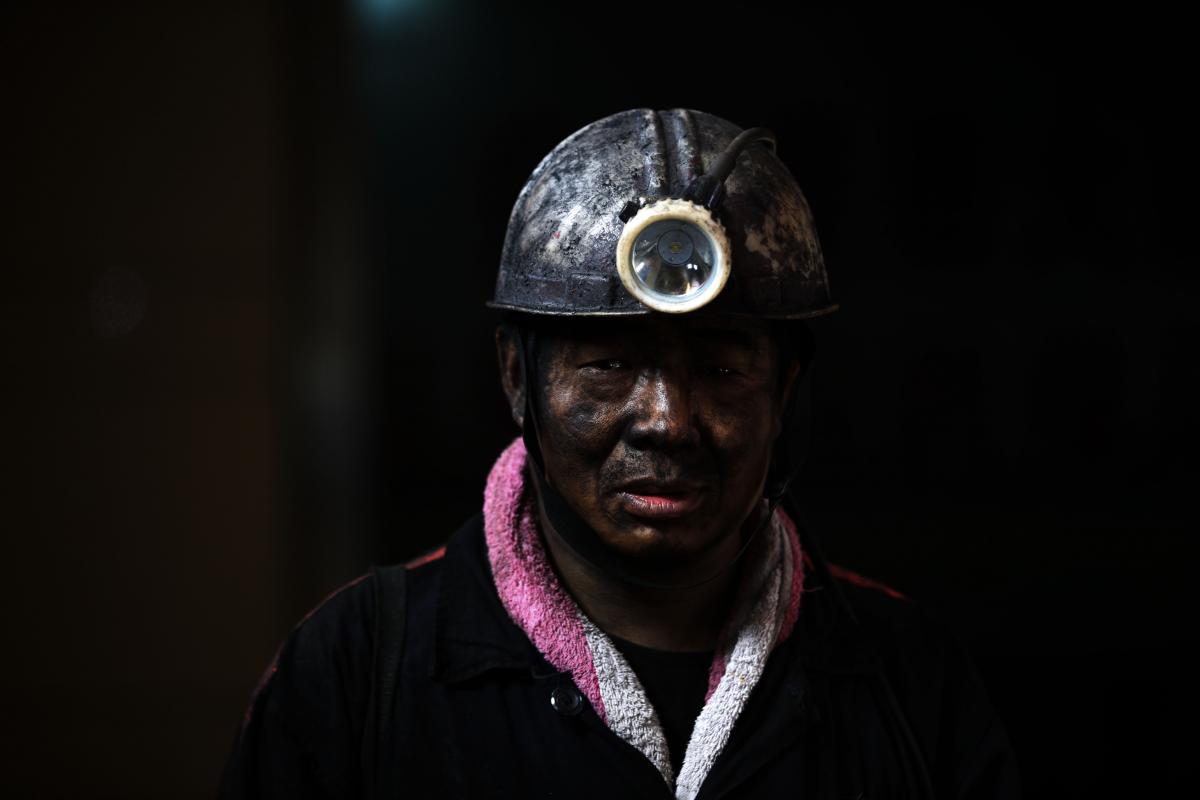Sixteen coal miners died last week when a fire on a conveyor belt at the Songzao Mine in Chongqing produced lethal levels of carbon monoxide. Workers were told to evacuate immediately once the alarm was raised, but 17 miners were trapped underground. Only one survived.
The accident on 27 September occurred just two weeks after the mine had hosted a conference on preventing the buildup of gas during mining operations, official media reported.
The mine, operated by state-run power company Chongqing Energy Investment Group, had failed a government inspection in June, but only one of its operational sites had reportedly been closed down as a result.
Government inspections are just about the only mechanism currently used to enforce safety standards in China’s coal mines, and they have consistently failed to prevent accidents and ensure the safety of the miners working underground.
Just 250 kilometres from Chongqing, for example, a fire at the Tuanjie Coal Mine in the impoverished rural county of Sangzhi on 20 July severely injured three workers. The Tuanjie mine had been inspected several times during the first half of the year. In a province-wide inspection scheme, the Hunan Coal Mine Safety Supervision Bureau asked local emergency management departments to assess coal mine safety in their districts on a monthly basis.
In March and April, the Tuanjie mine passed the qualifying benchmark of 90, but its score fell to 79 in May. In June, the month before the accident, its score reached a new high of 94.5, but the accident investigation subsequently found that the mine had also started conducting illegal mining operations in June, and it was this illegal work that eventually led to the accident.
When China Labour Bulletin Executive Director Han Dongfang talked to a trade union official in Sangzhi county two days after the Tuanjie accident, the official admitted that the mine had not established an enterprise trade union and that the county union was not even aware of the 20 July accident until CLB notified it. The official conceded:
“It is very difficult for private enterprises to set up union organizations. On one hand the enterprise boss does not want a union; on the other hand, the county trade union does not have enough personnel to really push this work.”
Without an effective trade union presence that can mobilise rank-and-file workers and union members to supervise work safety, alert management to potential hazards and demand that production be shut down if the risks are too high, it is unlikely that China’s coal mines will further improve their safety record.

The accident and death rates in China’s coal industry have improved significantly over the last two decades, but there were still 316 fatalities last year, and the number of large-scale accidents actually increased.
In the wake of several major accidents in Chongqing, Shanxi and Jilin during the National Day holiday period, the State Council’s Work Safety Committee issued a statement on 6 October blaming provincial government leaders for their failure to ensure safety and, once again, stressing the need to enhance government inspections and the enforcement of judgements. There was no mention of the role of the trade union.
We will publish more details on the Sangzhi coal mine accident and the transcripts from Han Dongfang’s interview with the trade union official in a forthcoming report in the trade union reform section of our Chinese website.
